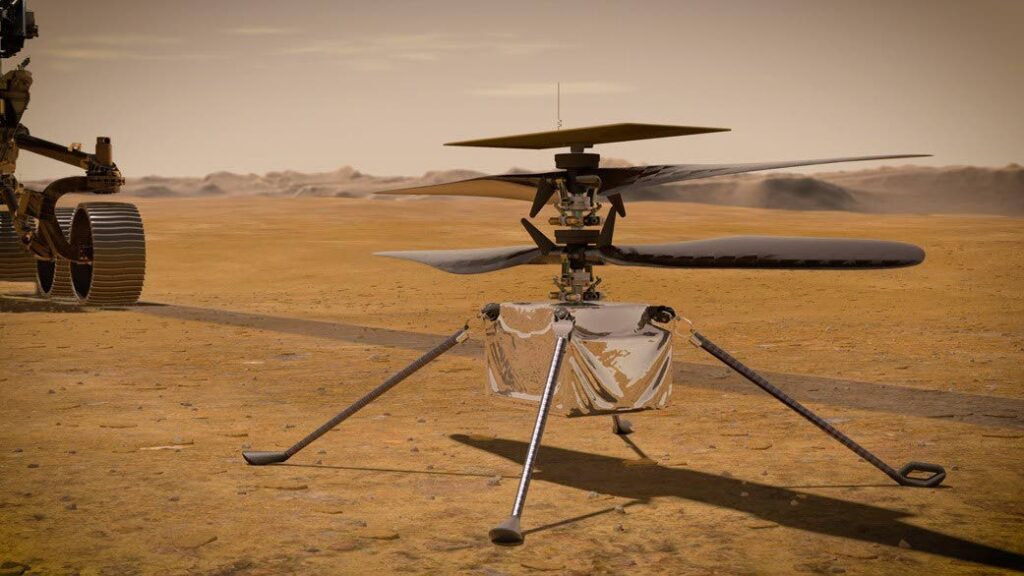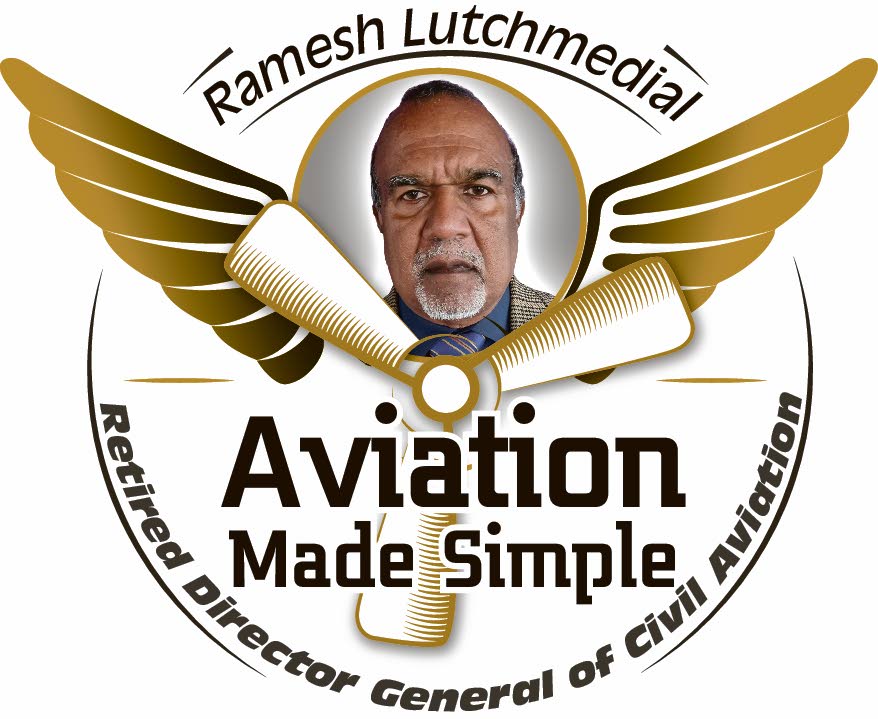AI in aviation – robotic pilots

The era of robotic pilots is not far away. By the year 2035, it is quite likely that commercial aircraft will be manned by only a single human pilot. The pilot’s function will be to monitor the operations of the fully automated aircraft in flight and take manual control in the event of an automated systems malfunction. Driven by emerging technologies and artificial intelligence (AI), the automation of aircraft systems is moving ahead at full throttle.
Artificial intelligence is the simulation of human intelligence processes by machines, especially computer systems. Specific applications of AI include expert systems, natural language processing, speech recognition, machine vision and cognition. AI provides error-free responses faster than humans. Its use in aviation automation enhances safety margins.
In the early days of air transport, an aircraft flight crew consisted of a captain as the overall commander, a copilot, a flight engineer, a radio officer and a navigator.
Aircraft automation began in 1912, when Lawrence Sperry of the Sperry Corporation developed the first gyroscopic autopilot, called a “gyroscopic stabilizer apparatus.” It used the inputs from several other instruments to allow an aircraft to automatically maintain a desired compass heading and altitude. The key feature of the gyroscopic stabiliser apparatus was that it incorporated a gyroscope to regulate the control surfaces of the aircraft. Lawrence Sperry managed to design a smaller and lighter version of a gyroscope and the device was integrated into an aircraft's hydraulic control system. Using a negative feedback loop, the gyroscope automatically adjusted the control surfaces of an aircraft to maintain straight and level flight.
Today, most modern commercial aircraft have flight management systems (FMS), which are specialised computer systems that automate a wide variety of in-flight tasks, reducing the workload on the flight crew to the point that modern civilian aircraft no longer carry flight engineers, radio officers or navigators. One of the main sub-systems of the FMS is the flight management computer (FMC), which has a large database that is pre-programmed with the GPS co-ordinates of all the waypoints for the routes the aircraft is likely to operate, and airport characteristics data.
There are other automated systems on board the aircraft, such as autoland, autobrakes, auto throttle, air data system, automatic flight guidance, ground proximity warning, airborne collision avoidance systems, windshear detection systems, etc, all of which, through system integration interfaces with the FMS, enable the aircraft to fly the intended route with minimal human pilot intervention.
Full automation in flight requires integration with airborne surveillance systems and airport data. The aircraft’s position, speed, heading, altitude and other data such as fuel remaining on board can be known in real time to ground controllers using the space-based GPS System.
Likewise, airports have to be equipped with ground aid equipment to guide the aircraft to the assigned arrival gate after landing.
Using data links, ground controllers can literally fly the aircraft from a ground station. This being done at present with drones which carry no human pilot on board and can be controlled from a remote ground station for takeoff, travel to their destination, executing their mission and safely returning to their base.

Another example of full flight automation are the rover flights to Mars. In July 2020, NASA launched the rover Perseverance, nicknamed “Percy,” on a mission to Mars. It arrived in February 2021. Percy carried an experimental mini-helicopter named Ingenuity that is being used as a technology testbed. Ingenuity made its history-making first powered flight on April 19, 2021 and as of April 2023, it has made 50 successful flights, breaking its own records for speed, distance and altitude. The operations of Percy and Ingenuity are all controlled remotely by NASA from earth.
However, a burning question is whether AI can replicate the cognitive skills of human pilots. Experienced pilots have exhibited expert cognitive performance through keen, quick, and intuitively confident decisions.
Judgment and decision-making during in-flight emergencies are essential skills for all pilots. Judgment requires evaluation and prediction.
Another critical cognitive skill for a pilot is situational awareness. This is a crucial aspect of risk management: a pilot’s mental picture of the aircraft’s physical position in space and its relation to the elements of flight. Situational awareness includes being aware of flight conditions, flight operations and weather systems, as well as environmental factors such as proximate terrain, airspace restrictions, obstructions and impending weather systems.
Situational awareness is knowing what’s happening around you during the flight and anticipating future events. Inadequate situational awareness can lead to loss of control of the aircraft, airspace infringement, controlled flight into terrain, or encountering unexpected hazardous weather conditions.
There has to be a balance between the use of AI and the capabilities of human pilots, since at the end of the day, what matters most is the safety of aviation.
So, at some future time when you board an aircraft and a voice comes over the public address system saying, “Welcome aboard, this is your captain speaking,” it could very well be a computer-generated synthetic voice.


Comments
"AI in aviation – robotic pilots"